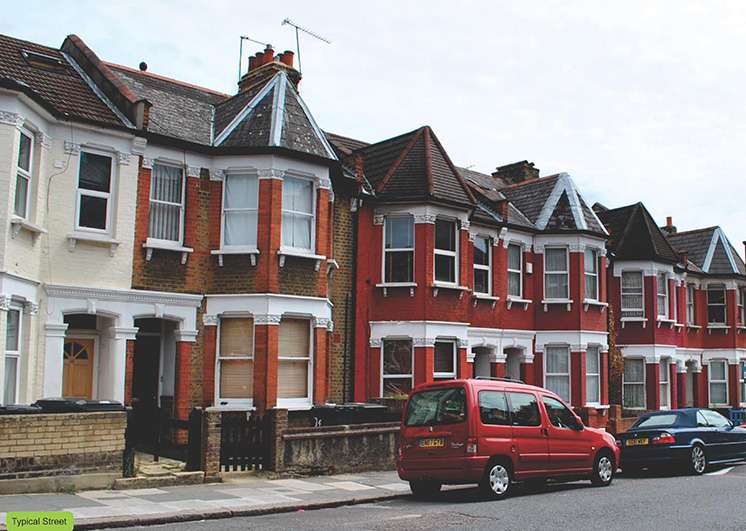New research finds potential for greater retrofit energy savings in homes

New research reveals the actual heat loss from suspended timber ground floors might be nearly twice that of previous estimates and the potential for thermally upgrading such floors is much greater than formerly expected.
The UK is committed to a target of 80 per cent emissions reduction by 2050 which includes improved energy efficiency in buildings. The benefits of upgrading timber ground floors had been underestimated in models used for regulatory compliance which means the potential to reduce heating energy and related carbon emissions is not realised. As a result, the estimations for building regulations and other public policies for thermally upgrading homes will need to be revised.
Approximately 6.6 million dwellings were built in the UK before 1919 and predominantly constructed with suspended timber ground floors. Until now, their thermal performance has not been extensively investigated.
A new study, led by Dr Sofie Pelsmakers from the University of Sheffield's School of Architecture and researchers from University College London, measured the actual heat flow in a suspended timber ground floor. The research compared the estimated whole floor thermal value (U-value) with detailed measurements of the floor's thermal performance.
The analysis found a significant variability in heat-flow, with increased heat loss near the external perimeter. In-situ measured point U-values ranged between 0.54 ±0.09 Wm2/K, away from the external wall perimeter, to values nearly four times as high (2.04 ±0.21 Wm2/K) along the perimeter.
These findings suggest that the use of only a few measurements – which is how most in-situ monitoring campaigns are conducted – is likely to bias any attempts to calculate a whole floor U-value, which was estimated to be 1.04 ±0.12 Wm2/K.
Dr Pelsmakers said: "The findings raise questions about the validity of using existing assumptions in housing stock models to inform retrofit decision-making and space heating reduction interventions. If this disparity between these models and measurements exists in the wider stock, then a wider reappraisal of the performance of suspended timber ground floors will be required to support the UK's carbon emission reduction targets."
She added: "If the existing assumptions in public policy and building regulations are incorrect, then the benefits of insulating the ground floor might be underestimated. The evidence suggests that impact on space heating energy use and thermal comfort might be much greater than assumed and a much larger potential exists for reducing energy and related carbon dioxide emissions. Follow on research at the University of Sheffield seems to confirm these findings in another three floors measured more recently."
The study "Suspended Timber Ground Floors: Measured Heat Losses Compared with Models" by S. Pelsmakers, B. Croxford and C.A. Elwell is published in Building Research & Information.
More information: S. Pelsmakers et al. Suspended timber ground floors: measured heat loss compared with models, Building Research & Information (2017). DOI: 10.1080/09613218.2017.1331315
Provided by University of Sheffield




















